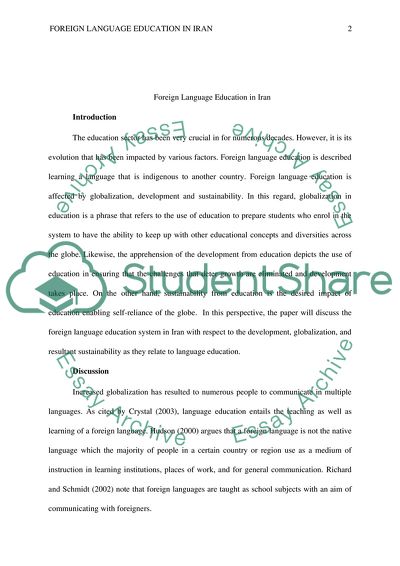Cite this document
(Foreign Language Education in Iran Case Study Example | Topics and Well Written Essays - 2250 words, n.d.)
Foreign Language Education in Iran Case Study Example | Topics and Well Written Essays - 2250 words. https://studentshare.org/education/1845968-foreign-language-education-in-iran
Foreign Language Education in Iran Case Study Example | Topics and Well Written Essays - 2250 words. https://studentshare.org/education/1845968-foreign-language-education-in-iran
(Foreign Language Education in Iran Case Study Example | Topics and Well Written Essays - 2250 Words)
Foreign Language Education in Iran Case Study Example | Topics and Well Written Essays - 2250 Words. https://studentshare.org/education/1845968-foreign-language-education-in-iran.
Foreign Language Education in Iran Case Study Example | Topics and Well Written Essays - 2250 Words. https://studentshare.org/education/1845968-foreign-language-education-in-iran.
“Foreign Language Education in Iran Case Study Example | Topics and Well Written Essays - 2250 Words”. https://studentshare.org/education/1845968-foreign-language-education-in-iran.


